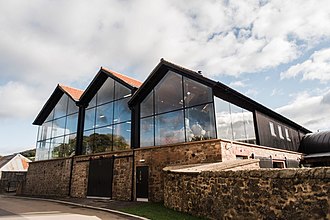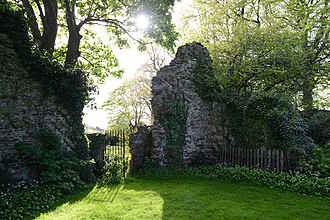This first day of June, is apparently is the anniversary of the invention of Scotch whiskey – Gaelic for aqua vitae – the water of life – which is what the Tironesian monk John Cor at Lindores Abbey outside of Fife first called the distilled malt liquor he had concocted in 1495.
As the Latin entry has it in the Exchequer Rolls:
Fratri Johanni Cor…de mandato domini regis ad faciendum aquavite, infra hoc compotum viij bolle brasii
Which may be translated as:
To Brother John Cor, by order of the King, to make aqua vitae VIII bolls of malt.
Scotch is now one of the most popular drinks in the world, and the concoction has certainly lasted longer than the abbey. Sixty years or so after the first batch, the monastery was ransacked and destroyed by the apostate priest John Knox and his fellow iconoclasts, who smashed, burned and pillaged everything they could get their hands on in 1559, dispersing monks who remained, and leaving the noble building to fall into rack and ruin.

That is, until 2017, when the ‘abbey’ was re-opened as a distillery, with ‘Lindores Abbey Scotch’ as their brand name. I’m not sure Brother Cor would recognize what has become of his stone walls, within which he worked its maltish magic.
I’d rather the monks still made the Scotch, as is the case with so much of very fine Trappist and and other monk-made beer, as mentioned in my post for Victoria Day. As far as I know, there is no monastery making Scotch, even if the Buckfast monks in the south of England still produce their stout wine.
That could be a vocation for some of you young men out there – after all, there is a market, and this writer would certain purchase a batch or two to support your fine cause.









